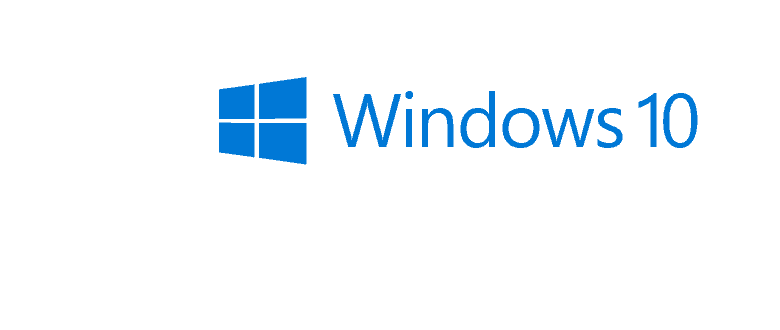Staggering Number of Windows 10 PCs Still Out There!

Written with the help of AI Research Assistants: Claude.ai, Perplexity.ai and Google Gemini
Part of a series: Windows 10 end-of-life
As we approach the end of support for Windows 10 on October 14, 2025 (see also extending support into 2026 blog post) the global tech landscape faces a unique and daunting scenario: hundreds of millions of computers are still running Windows 10, and a significant number cannot upgrade to Windows 11 due to strict hardware requirements.
How Many Windows 10 PCs Are Still Out There?
Despite Microsoft’s push to move the world to Windows 11, Windows 10 remains a dominant force. While Windows 11 has recently overtaken it as the most used version, as of August 2025, Windows 10 still holds a significant share of the desktop market. This roughly translates to around 400 million active Windows 10 PCs worldwide. ( some estimate it as high as 600 million, but the number keeps going down!)
Update: How many Total PCs worldwide? 2025 Global PC Scale and Distribution Worldwide – jorgep.com
The Compatibility Barrier: Why So Many PCs Can’t Move to Windows 11
Transitioning to Windows 11 isn’t as simple as clicking “upgrade.” Microsoft introduced new, stringent requirements, including the need for a Trusted Platform Module (TPM) 2.0, secure boot capability, and a compatible processor.
Studies from recent years have consistently shown that a large percentage of Windows 10 devices do not meet these requirements. Data indicates that approximately 40% of Windows 10 machines are not compatible with Windows 11 under the current constraints. This means that an estimated 160 million (270 million if you take the high 600 million number) if Windows 10 PCs are effectively “stuck” on their current operating system, regardless of what users would prefer to do.
What Will Happen After October 2025?
Windows 10 will continue to function after the end-of-support date, but it will no longer receive free security updates or bug fixes. This leaves users—both individuals and businesses—open to mounting cyber risks as new vulnerabilities go unpatched.
Microsoft is urging users to transition, but offers no lifeline for owners of older, incompatible PCs except for two main options:
- Replace the device entirely: This is the most straightforward but also the most expensive solution, forcing users to buy new hardware.
- Purchase an Extended Security Update (ESU) plan: Microsoft is offering a paid ESU plan that provides security updates for up to three years after the end of support date. A recent announcement revealed that a single ESU license, priced at $30 for individuals or $65 for businesses (see also extending support into 2026 blog post), but it requires a Microsoft Account to enroll.
This situation is likely to lead to one of the slowest upgrade cycles in PC history, with millions of perfectly usable computers destined for e-waste or running unsupported Windows versions for years to come.
Goof for Linux?
Why This Matters
This massive transition has implications that extend far beyond a simple software upgrade:
- Business Disruption: Organizations with fleets of incompatible PCs face steep costs, either for replacing hardware or for subscribing to the ESU plan.
- E-Waste Surge: The premature obsolescence of millions of devices poses a significant environmental and supply chain concern, potentially creating an “e-waste avalanche.”
- Security Risks: Users who continue to operate unsupported systems will face mounting cyber threats, making them prime targets for malware and other attacks.
Linux – A Potential Alternative to E-Waste
The surge in e-waste as millions of perfectly functional computers are prematurely discarded might be a bonus for the many Linux distributions out there. I have personally moved 2 Windows 10 devices to Ubuntu, and they are working fantastically well! See this What to do with PCs that are Not Windows 11 compatible?
Linux is a proven alternative to e-waste because it gives older hardware a long shelf life. Unlike Windows 11, many versions of Linux are designed to be lightweight and run efficiently on minimal hardware. This means a PC that struggles with Windows 11 can handle everyday tasks with a modern Linux distribution.
By installing Linux, a user can:
- Extend a PC’s useful life: Keep a computer running for years, reducing the need to buy new hardware.
- Stay secure: Linux distributions continue to receive security updates long after Windows 10 support ends.
- Save money: Linux is free to download and use, eliminating the cost of a new PC or a paid Windows 10 security plan.
Choosing Linux is a smart, sustainable choice for individuals and businesses alike. It’s an unofficial lifeline for millions of computers, proving that a PC’s value shouldn’t be dictated by a single operating system.
See my blog post: Linux and Ubuntu Flavors Overview
Final Thoughts
The numbers are staggering: an estimated 160 million Windows 10 PCs in use today are not compatible with Windows 11. The world faces a critical transition—one likely to affect users’ pocketbooks, cybersecurity, and even the environment for years to come.
Resources
- End of support for Windows 10, Windows 8.1 and Windows 7 – Microsoft
- Windows 10 End of Life: Everything You Need to Know | BizTech Magazine
- Can’t upgrade your Windows 10 PC? You have 5 options – and 2 months to decide | ZDNET
- Windows 10 End of Life Audit – Lansweeper
- Loss of Windows 10 Support Could Create 1.7 Million Tons of E-Waste | Extremetech
- Linux and Ubuntu Flavors Overview – jorgep.com
Want More Updates? =>Subscribe to my JorgeTechBits newsletter

